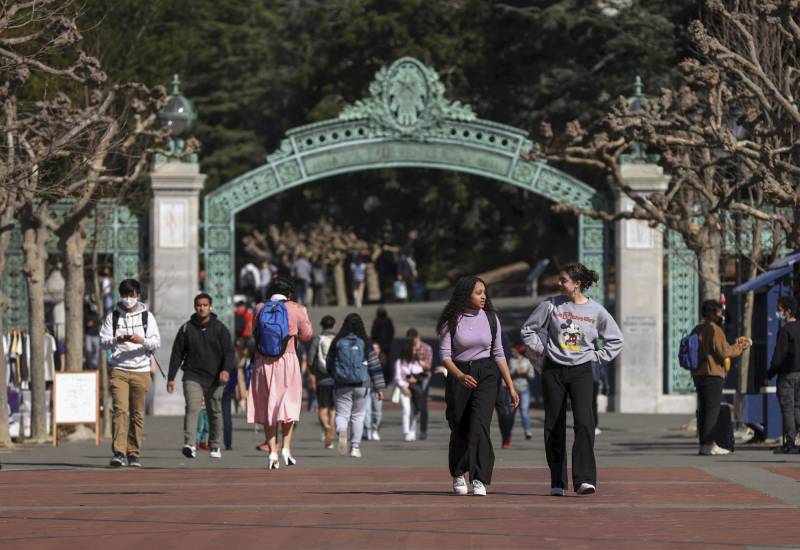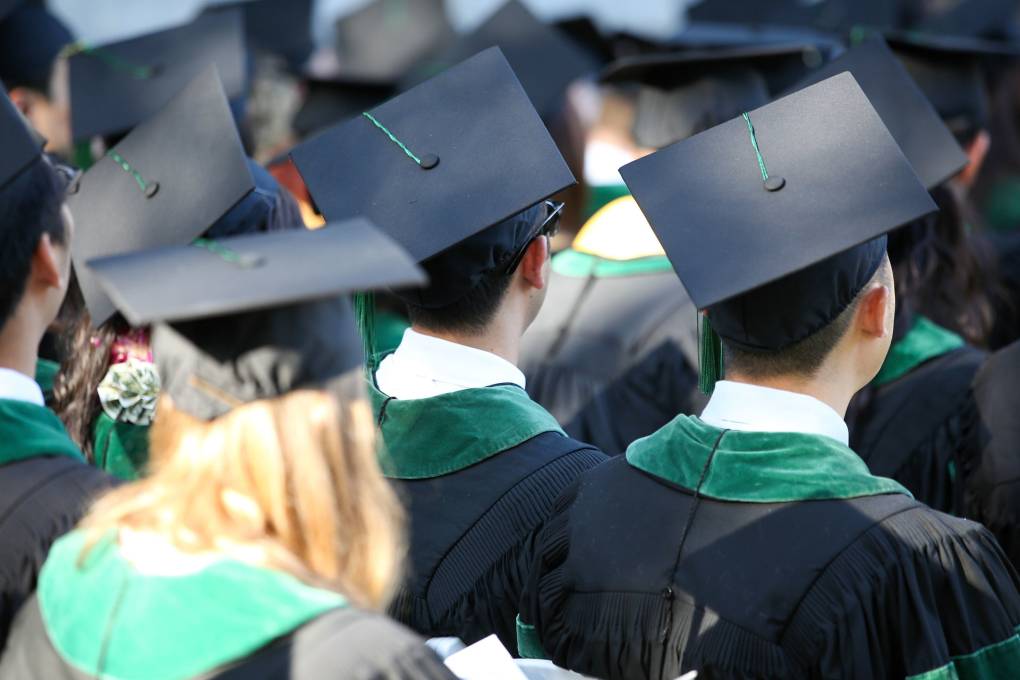She advises that borrowers make sure they are speaking to a bankruptcy attorney who understands student loan bankruptcy, which requires a different proceeding from other types of bankruptcy.
Shafroth, of the NCLC, says that new guidance on student loan bankruptcy has been coming out in recent years.
“Though it is difficult to get your loans discharged through the bankruptcy process, an increasing number of borrowers are eligible to get their loans discharged that way,” she said. “A lot of people write that off as, ‘There’s no way, it’s impossible.’ But it’s increasingly possible.”
What happens when a loan goes into default?
When you fall behind on a loan by 270 days — roughly nine months — the loan appears on your credit report as being in default.
“At that point, it’s not just behind, it’s in collections,” Shafroth said. “That’s when you become ineligible to take out new federal student aid. A lot of people go into default because they weren’t able to complete their degree the first time. This prevents them from going back to school.”
Once a loan is in default, it’s subject to the collections processes mentioned above. That means the government can garnish wages (without a court order) to go toward paying back the loan, intercept tax refunds and seize portions of Social Security checks and other benefit payments.
What are other options if I can’t make payments?
Shafroth said that many borrowers may still be eligible to have loans canceled via a patchwork of programs outside the Biden administration’s proposed debt relief program.
“If your school closed before you could complete your program, you’re eligible for relief. If your school lied to you or misrepresented the outcome of what your enrolling would be, you can file a borrower defense application and request your loan be canceled on that basis,” she said. “If you have a disability, you can sometimes have your loans canceled on that basis.”
Shafroth encourages borrowers to look at the Federal Student Aid website to see what their options might be before missing payments.
What if my loans were in default before March 2020?
Under the Biden administration’s Fresh Start program, borrowers with federal student loans who were in default before the pause have a chance to become current.

